Dubai’s expats are finding themselves in increasingly challenging situations. Dubai rental costs surge, making the cost of living in the city more burdensome than ever before. The most recent update to Dubai’s Rental Index has sent rents skyrocketing by as much as 15%. This forces many to reevaluate their housing choices.

This has led to a noticeable trend. More tenants are opting to renew their existing leases instead of facing even steeper costs with new rental agreements.

The Real Estate Regulatory Authority (RERA) updated its Rental Index earlier this year. This move has driven up rental prices significantly across the city. Districts have seen rent hikes ranging between 8% and 15%. Some areas experience even more substantial increases. Cushman & Wakefield Core’s research head, Prathyusha Gurrapu, reported that rents in Dubai have climbed a staggering 64% since the pre-COVID-19 period. There was a sharp 19% year-on-year increase recorded in the second quarter of 2024 alone. This marks the 14th consecutive quarter of rental growth in Dubai. It is making it increasingly difficult for residents to keep up with the rising costs.
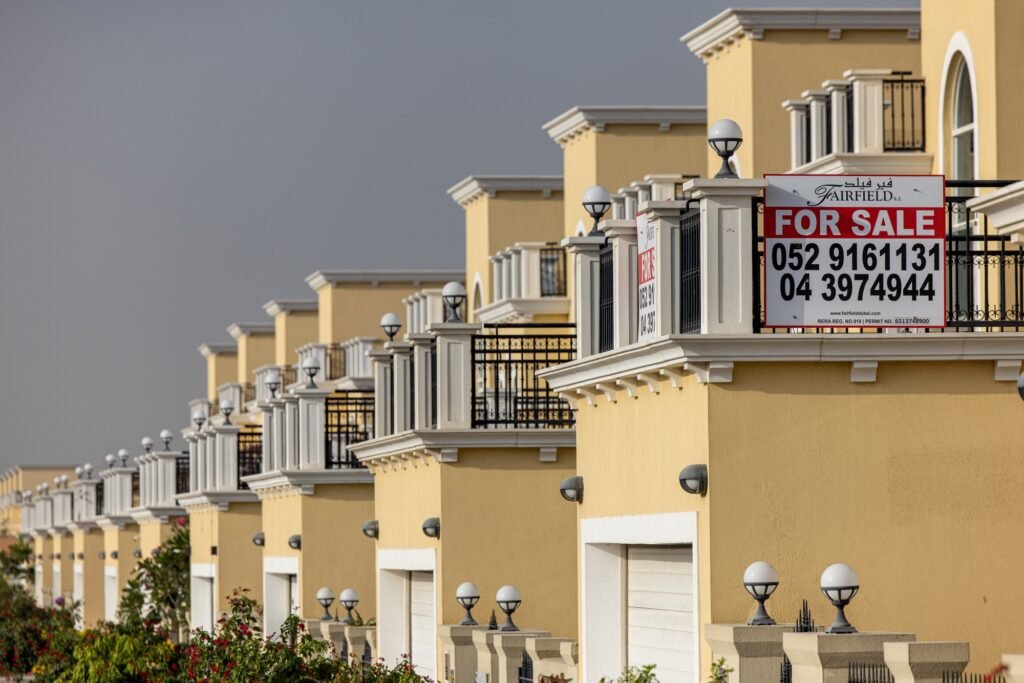
This sustained rise in rental costs is most pronounced in the villa market. Rents in the affordable category have jumped by 21%. Meanwhile, mainstream and prime areas saw increases of 12% and 1%, respectively. Apartment rents have also surged, with hikes of 27% in affordable areas, 19% in mainstream districts, and 14% in prime locations. Despite these sharp increases, some signs of moderation are beginning to emerge. This is particularly in the villa rental segment. The rate of increase has stabilized at 13% year-on-year.
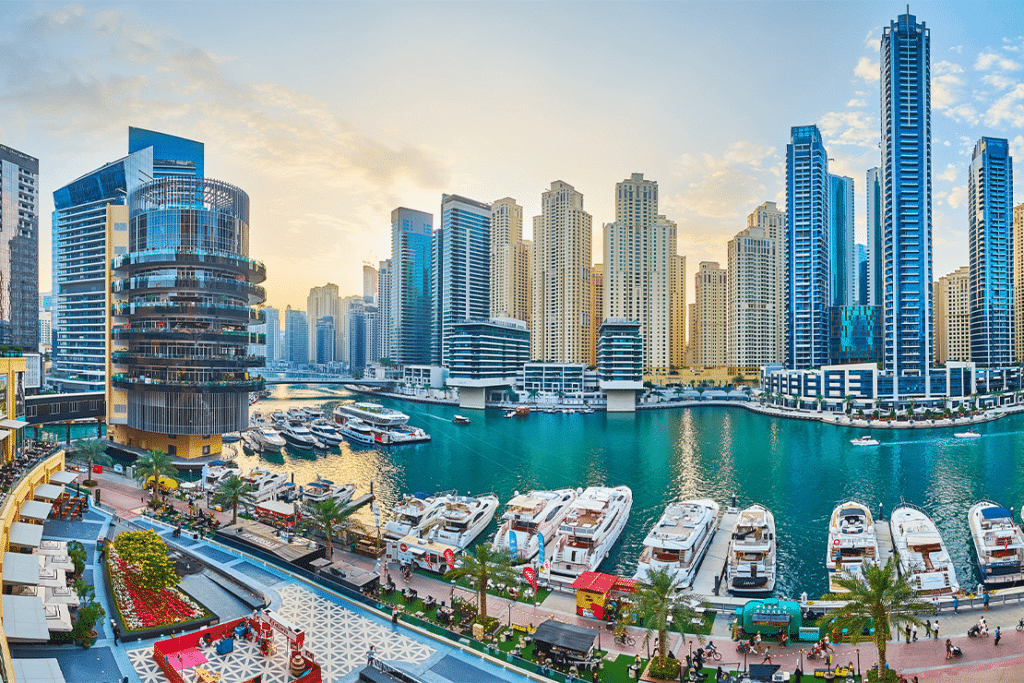
The growing rental costs have not been matched by equivalent increases in household incomes. It is squeezing the disposable income of many residents. This financial pressure has led to a higher number of tenants choosing to renew their current leases rather than move to new properties. Renewals are up by 14% in the second quarter of 2024. Some mid-market and affordable districts have shown significant recovery from historically lower rental bases. However, the prime markets, which saw sharp increases between 2022 and 2023, are beginning to stabilize.

Interestingly, while the rental market remains largely landlord-friendly, nearly 21% of rental listings in the first half of 2024 saw price decreases. This indicates some stabilisation. However, this does not mean that the overall pressure on tenants has eased, as sales prices have continued to climb. This marks the 16th consecutive quarter of growth with a 21% year-on-year increase.
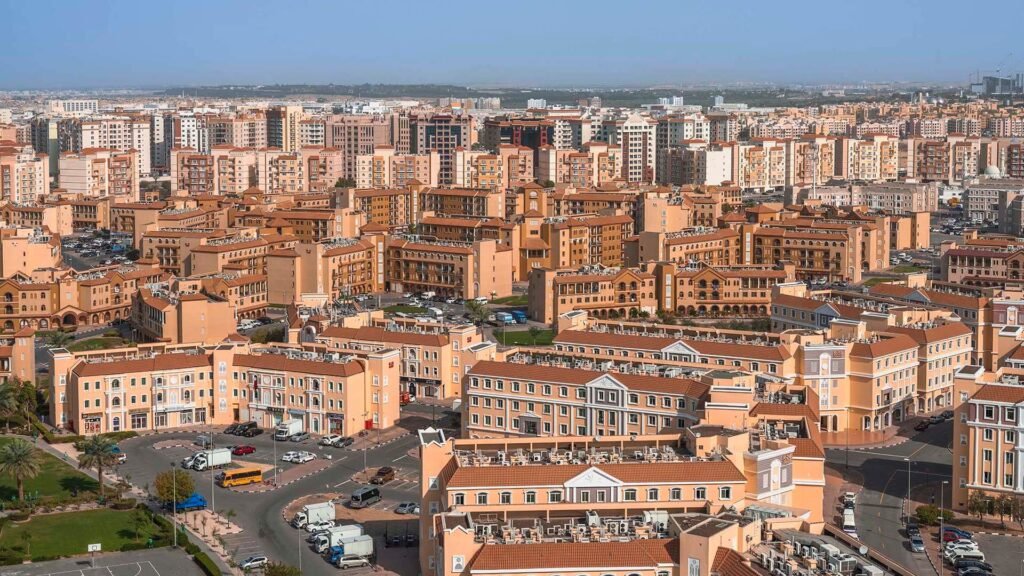
In particular, villas in Jumeirah Village Circle saw the highest year-on-year rent increase of 40%. It was followed by Jumeirah Park at 22%, and The Springs and The Meadows at 14%. Similarly, affordable apartment districts like Discovery Gardens, Dubai Sports City, and Dubailand recorded steep rental hikes of 32%, 28%, and 24%, respectively.
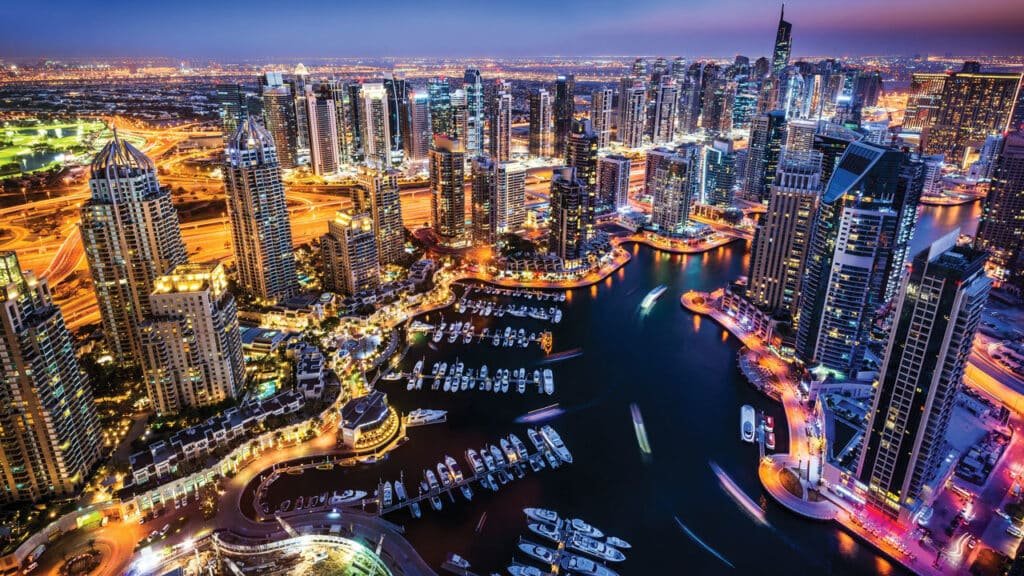
City-wide sales prices have also shown consistent growth. However, the prime districts have begun to show signs of moderation. Notably, primary off-plan sales prices have surpassed secondary off-plan prices. This suggests that sellers may struggle to match original prices, potentially leading to lower-than-expected sales figures in the future.
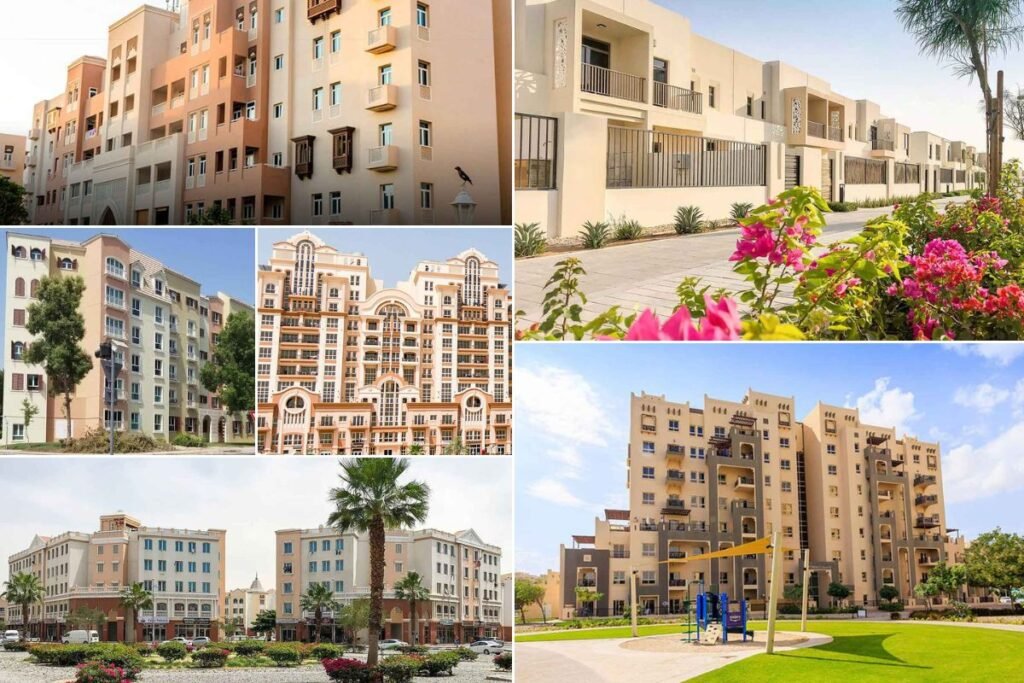
For expats and residents in Dubai, these trends present tough choices. They can continue paying higher rents for the privilege of living in a prime location. Alternatively, they can seek more affordable options as the cost of living continues to rise. With no clear sign of when the rental market will stabilize, many are bracing for what could be a difficult period ahead.



